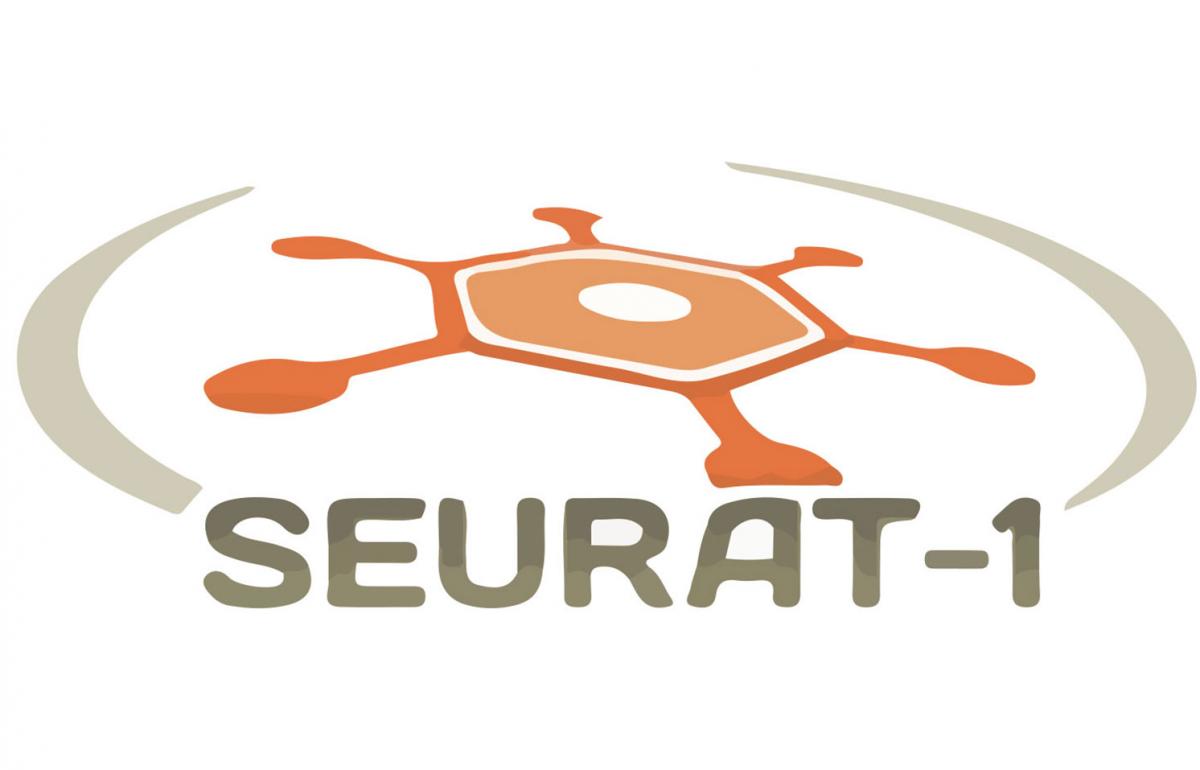
AUTHOR: Dr Elisabet Berggren, Eurl ECVAM
ABSTRACT
The SEURAT-11 vision is to fundamentally change the way we assess the safety of chemicals, by superseding traditional animal experiments with a predictive toxicology that is based on a comprehensive understanding of how chemicals can cause adverse effects in humans2. The SEURAT strategy is to adopt a toxicological mode-of-action framework to describe how any substance may adversely affect human health, and to use this knowledge to develop complementary theoretical, computational and experimental (in vitro) models that predict quantitative points of departure needed for safety assessment. One of the SEURAT-1 objectives is to demonstrate a multiple level proof-of-concept (theoretical, methodological, and application)3 for repeated dose systemic toxicity but in principle also applicable to other endpoints.
The results of testing strategies based on combinations of in vitro, in silico and in chemico data in combination with already existing data (physical chemical information, animal or human in vivo data or other) and biokinetic modelling, could provide sufficient evidence to support chemical safety assessment. This is the basic idea for the safety assessment case studies currently developed within the SEURAT-1 framework.
This is also the basic ideas for how to substitute traditional animal testing with alternative methods of the European Union Reference Laboratory for Alternatives to Animal testing (EURL ECVAM) established by the European Commission at the Joint Research Centre based on Directive 2010/EU/63. The aim of EURL ECVAM is basically to promote the scientific and regulatory acceptance of non-animal tests which are of importance to biomedical sciences, through research, test development and validation and the establishment of a specialised database service. In addition EURL ECVAM co-ordinates at the European level the independent evaluation of the relevance and reliability of tests for specific purposes, so that chemicals and products of various kinds, including medicines, vaccines, medical devices, cosmetics, household products and agricultural products, can be manufactured, transported and used more economically and more safely, whilst the current reliance on animal test procedures is progressively reduced.
REFERENCES:
1. The SEURAT-1 homepage. http://www.seurat-1.eu/
2. Whelan M, Schwarz M. 2011. SEURAT-1 Annual Report, Vol 1, 47-51. http://www.seurat-1.eu/pages/library/seurat-1-annual-report.php.
3. Whelan M, Schwarz M. 2012. SEURAT-1 Annual Report, Vol 2, 7-63. http://www.seurat-1.eu/pages/library/seurat-1-annual-report.php.
4. The EURL ECVAM homepage. https://eurl-ecvam.jrc.ec.europa.eu/
SPEAKER'S BIOGRAPHY
Dr Elisabet Berggren
 Elisabet Berggren currently works at the Systems Toxicology Unit and the European Reference Laboratory for Alternatives to Animal Testing (Eurl ECVAM). The Systems Toxicology Unit assists in the development of a new and more efficient safety assessment of chemicals based on in vitro, in silico and in chemico methods. The aim is to develop new predictive methodologies more relevant to human health, encouraging innovation and avoiding animal testing. Elisabet is also contributing to the coordination action COACH of SEURAT-1, the largest EU initiative ever on alternative testing, focussing on toxicity testing for repeated dose toxicity and funded by European Commission (FP7) and Cosmetics Europe.
Elisabet Berggren currently works at the Systems Toxicology Unit and the European Reference Laboratory for Alternatives to Animal Testing (Eurl ECVAM). The Systems Toxicology Unit assists in the development of a new and more efficient safety assessment of chemicals based on in vitro, in silico and in chemico methods. The aim is to develop new predictive methodologies more relevant to human health, encouraging innovation and avoiding animal testing. Elisabet is also contributing to the coordination action COACH of SEURAT-1, the largest EU initiative ever on alternative testing, focussing on toxicity testing for repeated dose toxicity and funded by European Commission (FP7) and Cosmetics Europe.
Elisabet started to work for the European Commission in 1996, and she was responsible for the Technical Committee of Classification and Labelling of Dangerous Chemicals at the European Chemicals Bureau during many years. She was involved in the negotiations of the Globally Harmonised System, its implementation within the EU through the CLP Regulation and development of the CLP guidance document. She also contributed to the negotiations of the Rotterdam Convention and its EU regulatory implementation.
Elisabet made her PhD in physical chemistry at Stockholm's University in 1991. In her academic career she primarily focussed on the development of theoretical dynamic models for liquid crystals and biological relevant systems.
